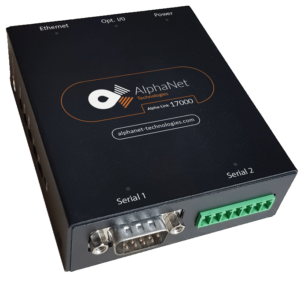Using SCADA with an EtherNet/IP Converter
In modern industrial environments, seamless communication between different types of hardware is essential for maintaining operational efficiency and flexibility. Supervisory Control and Data Acquisition (SCADA)


